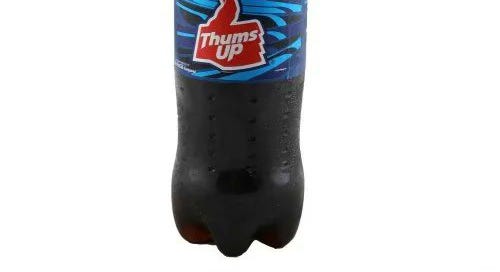The story behind India's top-selling soft drink
How Thums Up became a $1Billion brand.
A few months ago, I was assisting a client with their idea validation for a bottled drink product. During my research, I came across the inspiring story of Thums Up, which had recently become the first and only billion-dollar soft drink brand in India. I was intrigued to learn about their success and wanted to incorporate the insights and lessons into my client's go-to-market strategies. Since I like to keep track of my notes in chronological order, I decided to share them as is.
A short chronological story on how an Indian brand beat US Giants Coca-Cola and Pepsi to become the best-selling soft drink in India.
1947: India becomes independent
1949: India-based Pure Group introduced Coca-Cola to the Indian market and stayed its sole manufacturer and distributor till 1977
1962: Pepsi exits India after continuously falling sales
1970: India's Pure Group launched their soft drink brand - Campa-Cola, which ended up becoming famous in India. (India's top and the world's 15th richest man, Mukesh Ambani just bought the Campa brand and is relaunching it to the Indian market soon
1977: Forced by new government regulations limiting foreign ownership to 40%, Coca-Cola exited India. - A vacuum emerged in the market, filled only by Indian brands of the time
1977: The Janata Party-led government attempted to fill the soft drink market gap by introducing state-owned Double Seven, which failed to capture public taste.
1977: In the same year, recognizing the market gap, brothers Ramesh and Prakash Chauhan, who were part owners of Parle Group, decided to create a line of unique beverages.
1977: After months of experimentation, Ramesh created a drink that was bolder, fizzier, and spicier than Coca-Cola and "Thums Up" was born along with 2 other unique flavours in the form of Limca(In India's top 4 by market share) and Gold Spot. The founder's vision was to make the drink suitable to Indian conditions, so along with strong taste, they made the drinks maintain their fizziness even when not ice-cold, catering to the Indian context where refrigeration was a rare commodity and electricity stayed inconsistent.
1980: Thums Up quickly became the top choice of consumers, retailers and distributors, almost monopolizing the Indian soft drink market.
1989: After years of lobbying, Pepsi was able to successfully re-enter the Indian market, heightening competition.
1991: India's economic liberalization policy opened doors to foreign corporations, intensifying market competition.
1993: Coca-Cola made a comeback, marking the start of a fierce rivalry among Coke, Pepsi, and Thumbs Up.
1993: Coca-Cola strategically acquired Thums Up's parent company, Parle. (Including other brands under its umbrella like Limca, and God Spot) - Initially, Coca-Cola tried to suppress Thums Up's presence to boost Coke's sales. However, this led consumers to turn to Pepsi, drastically reducing Coca-Cola's market share. - Realizing that they messed up, Coca-Cola revitalized Thums Up with significant marketing investments, involving prominent Bollywood celebrities.
2021: Along with being a top seller, Thums Up hit The Billion-Dollar Status too. - Today: Thums Up is still India's best-selling soft drink and the only billion-dollar brand in Coca-Cola India's portfolio.
That's all Folks. Till next story behind a great product.




